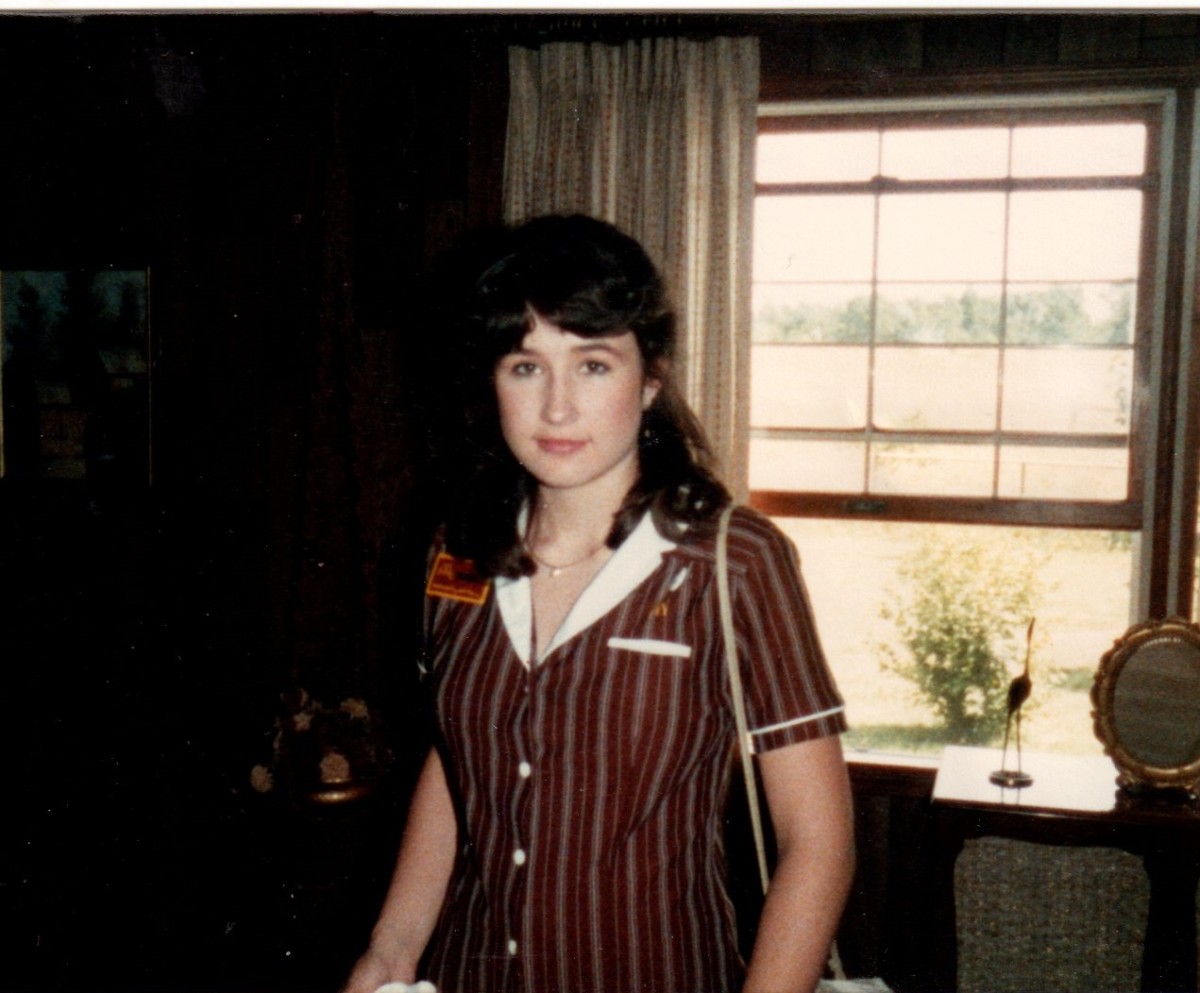How to Write an Introduction Paragraph

The Art of the Essay
The introduction paragraph is the most important part of the essay. Without a solid intro the essay will lack proper guidance and structure. It is all to easy for that essay to become a tangent of incoherent thoughts meshed together without any type of order. The proper introduction should consist of three different "Moves" that helps structure the remainder of the essay.
Move 1- Establishing Territory
In this move, the writer sets the topic for his or her research, providing any necessary background on the topic. This move includes at least one of the following steps
Step 1: Claiming Centrality
The writer asks the audience of the paper to accept the research about to be reported as part as a lively, significant, or well-established research area. To claim centrality the author might write:
"Recently there has been an increased interest in..."
"Knowledge of (insert topic) has great importance for..."
Step 2: Making Topic Generalizations
The writer makes generalized statements about current knowledge, phenomena, or practices in the field. For example:
"The properties of X are still not completely understood"
"X is a common finding in people with..."
Step 3: Reviewing Previous Items of Research
The writer provides was has been found on their topic and who found it. For example:
"Both Johnson and Morgan claim that the biological facts have been misrepresented."
"Reading to children early and often seems to have a positive long-term correlation with grades in English courses (Jones, 2002; Strong, 2009)."
Remember to use citations if you haven't mentioned the authors name in the sentence!
Move 2: Establishing a Niche
In this move, the writer argues that the area of research in the topic is open, it is a space that needs to be filled through additional research. The writer can establish a niche in one of four ways.
Counter-claiming
The writer refutes or challenges earlier research by making a counter-claim. For example
"While Norton and Riley believe X method to be sound, a close examination demonstrates their method to be flawed"
Indicating a Gap
The writer demonstrates that earlier research does not address all existing questions or problems. For example:
"While existing studies have been established X, they have not addressed Y."
Question-raising
The writer asks questions about previous research, suggesting that additional research needs to be done. For example:
"While Jones and Murray have established X, these findings raise a number of questions, including..."
Continuing a Tradition
The writer presents the research as a useful extension of existing research. For example:
"Earlier studies seemed to suggest X. To verify this finding, more work is needed."
Move 3: Occupying a Niche
Here the writer will substantiate the counter-claim made, fill the gap identified, answer the question(s) asked, or continue the research tradition. The writer makes this move in at least in one of the initial steps (1A or 1B). Many research essays stop after that step.
Step 1A: Outlining Purposes
The writer indicates the main purpose(s) of the current essay. For example:
"In this paper I argue..."
"The present research tries to clarify..."
Step 1B: Announcing Present Research
The writer describes the research in the current article. For example:
"This paper describes three different studies compiled between April 2011 and March 2013."
Step 2: Announcing Principal Findings
The writer presents the main conclusions of his or her research. For example:
"The results of the study suggest..."
"When we examine X, we found that..."
Step 3: Indicating the Structure of the Research Paper
The writer previews the organization of the paper. For example:
"This paper is structured as followed..."
In Review
Good practice with these three moves will not only impress your teachers, but will also vastly improve your own writing skills

Move Breakdown
Moves
| Steps
|
|---|---|
Establishing a Territory
| Claiming Centrality and/or Making Topic Generalizations and/or Reviewing Previous Items of Research
|
Establishing a Niche
| Counter-claiming or Indicating a Gap or Question-raising or Continuing a Tradition
|
Occupying a Niche
| Outlining Purposes or Announcing Present Research. Announcing Principal Findings and Indicating the Structure of the Research Article (optional)
|






